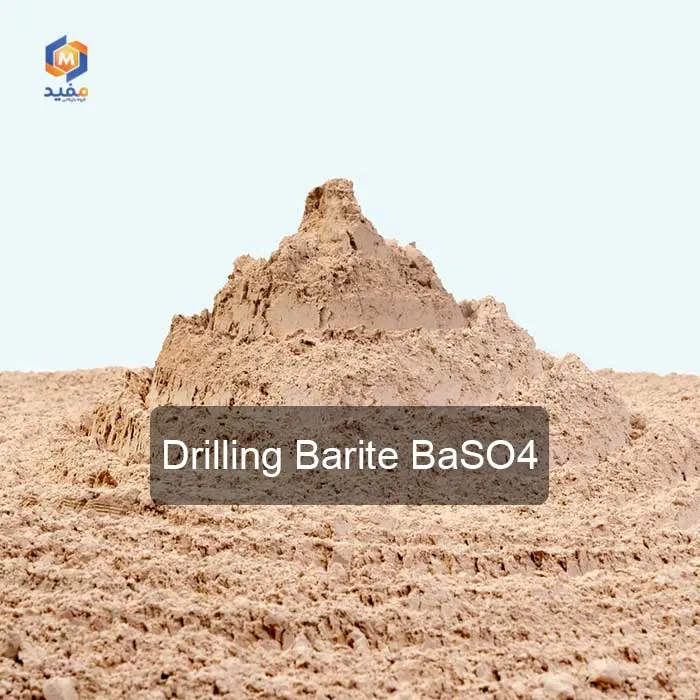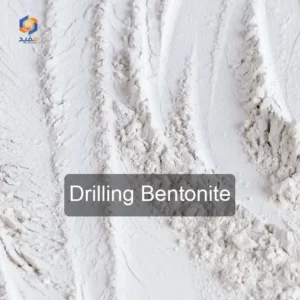Description
Barite (BaSO₄) in Drilling Applications
Barite (BaSO₄) is a significant mineral widely used in the drilling industry, especially in oil and gas drilling. Due to its unique physical and chemical properties, barite plays a crucial role in enhancing the performance and safety of drilling operations.
General Characteristics of Barite
Barite is a mineral composed of barium sulfate (BaSO₄). It typically appears white or light gray and is exceptionally heavy, with a specific gravity of about 4.5 g/cm³. This high specific gravity is one of the key features that make barite ideal for various industrial applications, particularly in drilling.
Application of Barite in Drilling
Barite is primarily used as a weighting agent in drilling mud. Drilling mud is a fluid used to lubricate the drilling process, reduce friction, and cool the drill bit. The use of barite in drilling mud offers several key advantages:
Increase in Mud Density: Barite, due to its high specific gravity, can significantly increase the density of drilling mud. This increase in density helps to control the hydrostatic pressure within the wellbore, preventing potential blowouts caused by excessive reservoir pressure.
Control of Subsurface Pressure: By increasing the density of the drilling mud, barite aids in better control of subsurface pressures. This pressure control prevents unwanted fluids from entering the wellbore from the formations and helps avoid the collapse of the well walls.
Protection of Drilling Equipment: Drilling mud enhanced with barite acts as a protective layer for drilling equipment. This layer protects the drill bit and other equipment from damage caused by friction and high temperatures.
Characteristics of Barite Used in Drilling
When using barite in drilling mud, specific characteristics must be considered:
- High Purity: The barite used in drilling should have high purity, with at least 90% of it consisting of barium sulfate. This high purity prevents potential issues during drilling operations.
- Particle Size: The particle size of barite should be controlled to prevent rapid settling of particles in the drilling mud. Very fine particles may increase the viscosity of the drilling mud, while coarse particles may not distribute uniformly in the mud.
- Chemical Stability: Barite should be resistant to acids and other chemicals used in drilling to maintain its performance under harsh conditions.
Sources of Barite
Barite is naturally found in sedimentary and metamorphic rocks. Countries such as China, India, the United States, and Morocco are among the leading producers of barite globally. This mineral is usually obtained through surface or underground mining and then processed for use in various industries, including drilling.
Challenges in Using Barite
Despite its many advantages, the use of barite in drilling also presents challenges. One of the main challenges is the limited availability of high-quality barite resources. Additionally, barite may react with other chemicals under certain conditions, leading to a loss of its properties.
Conclusion
Barite, as a key material in the drilling industry, plays a vital role in enhancing the efficiency and safety of drilling operations. Its unique properties, such as high specific gravity and chemical stability, make it an ideal choice for use in drilling mud. However, managing resources and optimizing the use of this mineral are essential for the future of the drilling industry.



Reviews
There are no reviews yet.